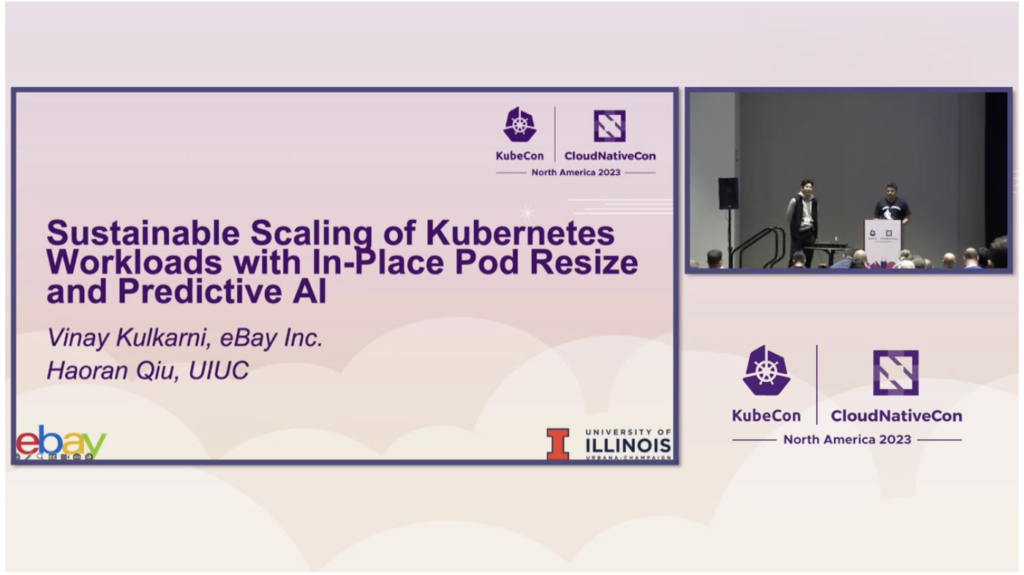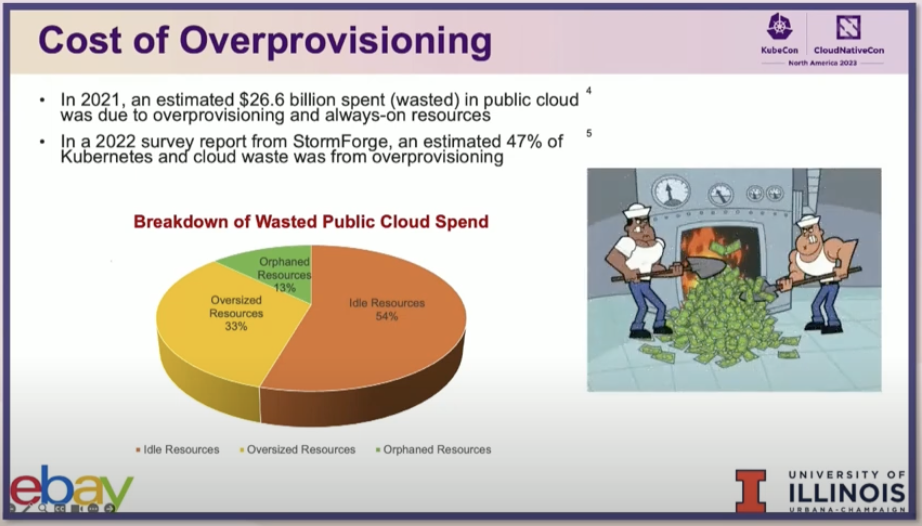By, Samuel Cadavid, Senior Solutions Consultant
In the dynamic world of cloud computing, 
AI-Driven In-Place Pod Resizing
Traditionally, resizing pods in Kubernetes meant recreating them with the new size specifications. This process, while effective, leads to downtime and potential service disruptions. AI-driven in-place pod resizing changes this narrative.
How it Works
AI algorithms continuously monitor the resource usage patterns of each pod. When a pod requires more resources, AI predicts this need and dynamically adjusts CPU and memory allocations without restarting the pod. This approach minimizes downtime and ensures that applications scale seamlessly with fluctuating demands.
Benefits 
- Reduced Downtime: Applications remain available as they’re resized.
- Resource Efficiency: Optimal resource allocation prevents over-provisioning and underutilization.
- Cost-Effectiveness: Efficient resource usage translates to lower operational costs.
Vertical and Horizontal Scaling: AI at the Helm
Vertical Scaling with AI
AI-driven vertical scaling involves adjusting the CPU and memory limits of a pod. Using predictive analytics, AI determines the optimal size for a pod based on historical data and current trends. This proactive resizing prevents resource exhaustion and improves performance.
Horizontal Scaling with AI
In horizontal scaling, AI plays a pivotal role in deciding when to add or remove pod instances. By analyzing traffic patterns, workload demands, and system health, AI can automate the scaling process, ensuring that the cluster meets the demand without manual intervention.
Advantages
- Proactive Resource Management: AI anticipates changes in demand, scaling resources accordingly.
- Improved Performance: Resources are optimized for current workloads, enhancing overall system efficiency.
- Autonomous Operations: Reduces the need for manual scaling, saving time and reducing human error. \
Power-Aware Batch Scheduling with AI
Energy efficiency is becoming increasingly important in data center operations. AI-driven power-aware batch scheduling in Kubernetes is a game-changer in this realm.
The Concept
This approach involves scheduling batch jobs in a manner that optimizes power usage. AI algorithms analyze the power consumption patterns of nodes and schedule jobs on those consuming less power or during off-peak hours, significantly reducing the overall energy footprint.
Impact
- Energy Efficiency: Lower power consumption leads to a reduced carbon footprint and operational costs.
- Optimized Performance: Ensures that high-power-consuming jobs don’t coincide, avoiding power spikes and potential performance degradation.
- Sustainable Operations: Supports environmentally friendly practices in data center management.
The integration of AI into Kubernetes management is not just a trend; it’s a necessity for efficient, cost-effective, and sustainable operations. AI’s role in in-place pod resizing, vertical and horizontal scaling, and power-aware batch scheduling marks a significant leap towards smarter, more autonomous cloud infrastructures. As we continue to embrace these AI-driven strategies, we pave the way for more resilient, responsive, and responsible computing environments. Here, I’ve only scratched the surface of what AI can do for Kubernetes management. As technology evolves, we can expect even more innovative solutions to emerge, further simplifying and enhancing the way we manage cloud resources.
Watch the full lecture here!


